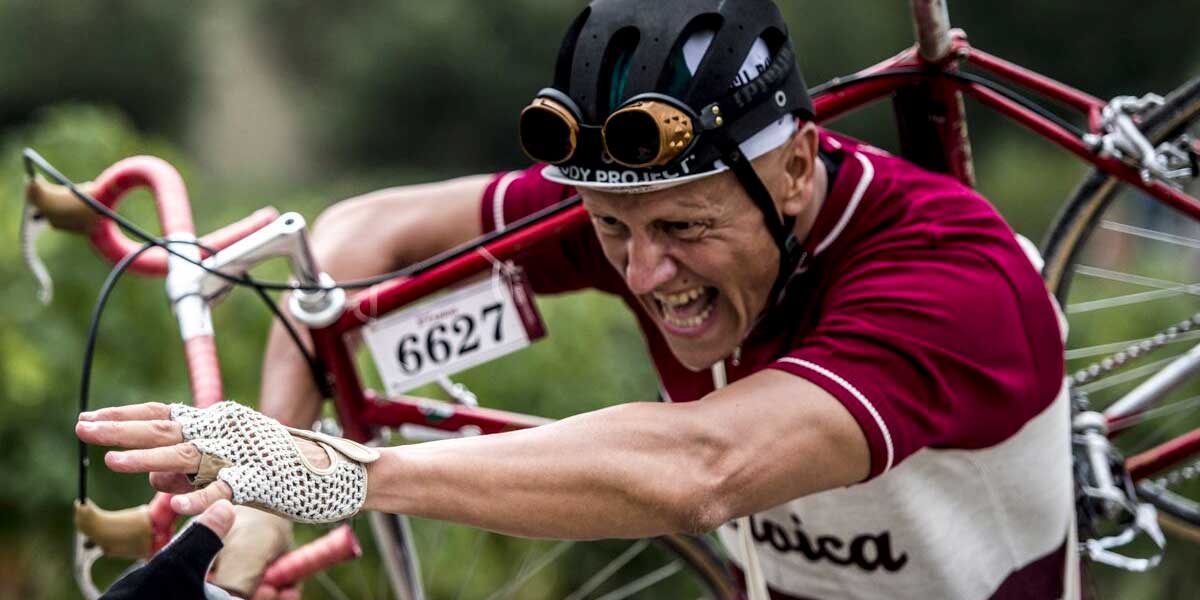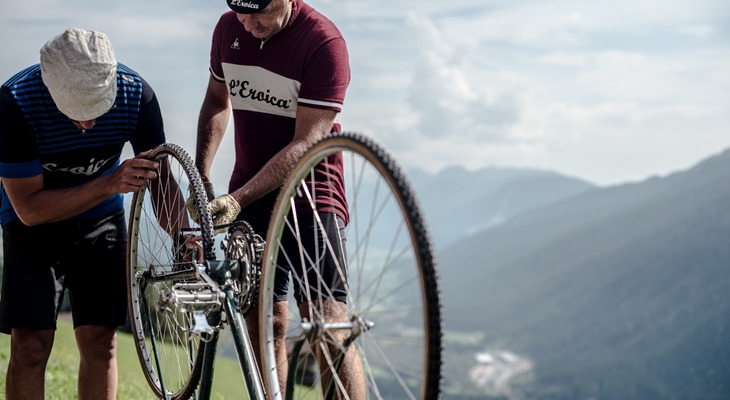A bicycle in good order contributes to a fun and safe ride, therefore it is important to inspect the condition of your bicycle before setting off.
A general check must be done at least once a year by an expert bike mechanic, but there are some checks you can perform yourself using this concise guide.
CHECKING THE BRAKES
To ensure the brakes are in good working order, you should first inspect the condition of the brake pads (the rubber pad that makes contact with the rim). The pads must have grooves for draining water: If these are not visible that means the pads are too worn and have to be replaced . Also look to see if cracks are forming in the rubber. Dry or damaged pads will reduce braking efficiency.
BRAKE LEVERS
The control levers must flow smoothly and return to the start position quickly. If this does not happen the cables may be rusted and need lubrication. Periodically you should check the strength of the return spring (located on the rear of both brake calipers).
Brake action must be strong and efficient, the brake pads should not touch the rim till the brake lever is pulled and the point of engagement should allow for effective braking.
HEADSET AND HANDLEBAR
Forks should turn smoothly and without stopping at any point.
With the bike on the ground, hands on the handlebar and front brake engaged, the fork should not show abnormal movement synonymous with a loose headset. Bounce the front wheel off the ground and listen for a rattling noise which could indicate a loose headset.
TYRES AND TUBULARS
Tyre tread should be visible and must not show canvas or any signs of cracking which would suggest dry rubber and therefore reduced road grip. Poor tread also increases the chance of punctures, due to reduced elasticity.
Tubulars must be well-bonded to the rim, try deflating them and wiggling them lightly with your fingers to understand their purchase.
BOTTOM BRACKET
The bottom bracket should be checked periodically even if no untoward noises are apparent. To gain an understanding, put the bike on a stand and remove the chain from the crankset, so that the crank arms can turn freely. The rotation of the cranks must be smooth and without any friction.
Any roughness or small hitch indicates some issue with the ball bearings or race. Keep the brakes locked and put pressure on the cranks to check for possible movement. If there is movement, go to a mechanic to tighten the bottom bracket.
WHEELS AND HUBS
Checking the wheels for alignment can be done without removing them from the bicycle. Testing one wheel at a time, spin the wheel and use the brake as reference to see that the wheel is centered. Then, with the bike to the ground, wiggle the tyre to check for lateral movement indicating that the hubs need tightening. This is done carefully with a special wrench.
TYRE PRESSURE
Tyre pressure is measured in bar or psi and must be chosen proportionally to the rider’s weight. The following table shows recommended pressures for road bike clinchers on paved roads. On wet roads tyre pressure should be around 0,5 bar or 7 psi lower. On gravel roads pressure can be reduced by 1,0 bar or 15 psi to increase grip and comfort. Tubulars in general should be inflated to 0,5 bar or 7 psi pressures.
Before inflating, check the instructions on your tyre packaging for the recommended maximum tyre pressure.












